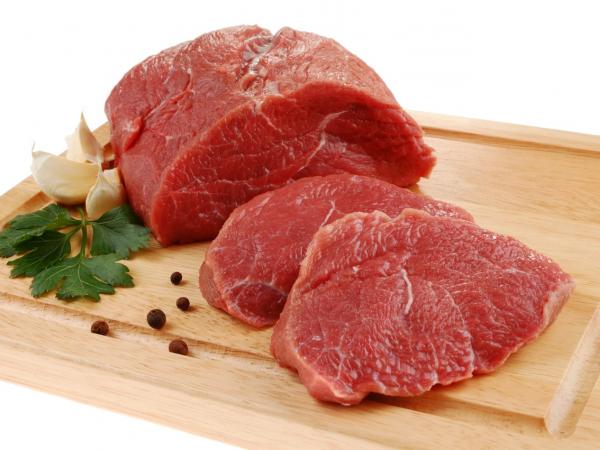The crisis in the food chain, a product of the pandemic generated by covid-19, has impacted almost all sectors and meat has not been exempt from this trend. Global inflation, as a result of the shortage of agricultural inputs and raw materials, has had an impact on the final price of most foods.
(Agricultural exports: diversification underway).
Anyway, according to the portal ‘CNN’, meat continues to be one of the most desired proteins on the tables of Colombians and Latin Americans, in general.
This is clear from the most recent report on meat consumption from the OECD (Agricultural Outlook 2021-1030). There are figures for meat consumption in seven Latin American countries: Argentina, Brazil, Chile, Colombia, Mexico, Paraguay and Peru.
“The OECD-FAO perspectives offer data on per capita consumption of beef, pork, poultry and sheep. By lowering these data, it is possible to notice the large consumption of beef that some of these countries have, while others largely opt for birds “ explains ‘CNN’.
(Minerva Foods conquers the world with its meat products).
In that order of ideas, the per capita consumption in kilograms of beef and veal in the region behaves as follows: Argentines consume 36.8 kilograms, while Brazilians consume 24.6; Chileans, 20.4; Colombians, 8.7; the Mexicans, 8.9; Paraguayans, 12, and Peruvians, 4.1.
For its part, pork consumption by country is as follows: Argentina 11.5 kilograms, Brazil, 12.8; Chile, 24.9; Colombia, 9.1; Mexico, 14.4; Paraguay, 21.5, and in Peru 4.1.
Definitely, perhaps tied to prices and the supply of the product, what Latin Americans consume the most at their tables are birds, according to the report. In order: Argentines consume 38.1 kilograms, while the Brazilians, 40.7; Chileans, 37.3; Colombians, 32.3; the Mexicans, 30.7; the Paraguayans, 5.4, and the Peruvians, 46.6.
While the least desirable meat in the region is sheep, which is consumed like this: Argentines they consume 0.9 kilograms, while Brazilians consume 0.5; Chileans, 0.4; Colombians, 0.1; the Mexicans, 0.5; Paraguayans 0.4, and Peruvians 1.
These data correspond to the projections for 2021 of the OECD and FAO.
ECONOMY AND BUSINESS
















